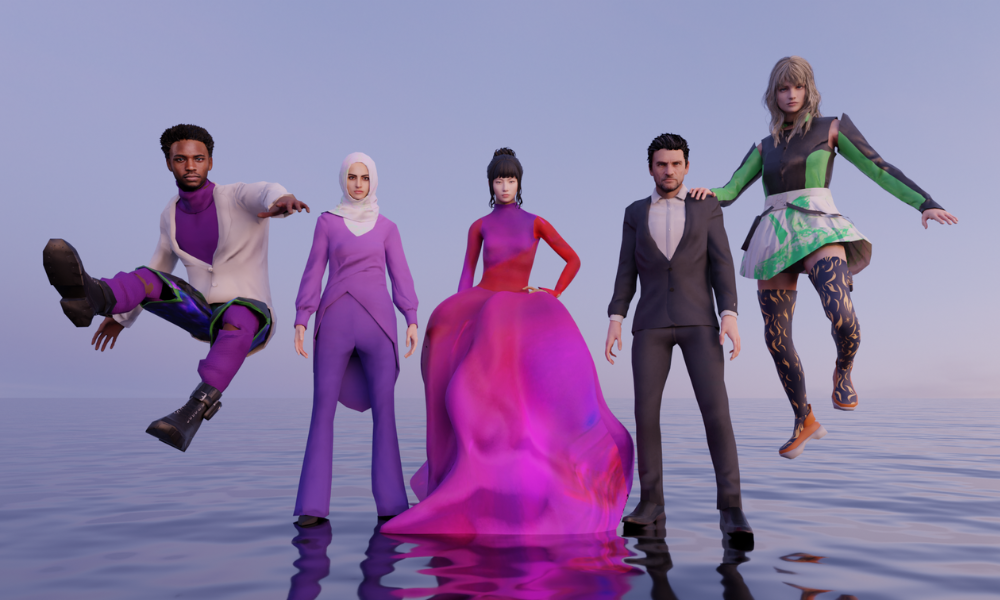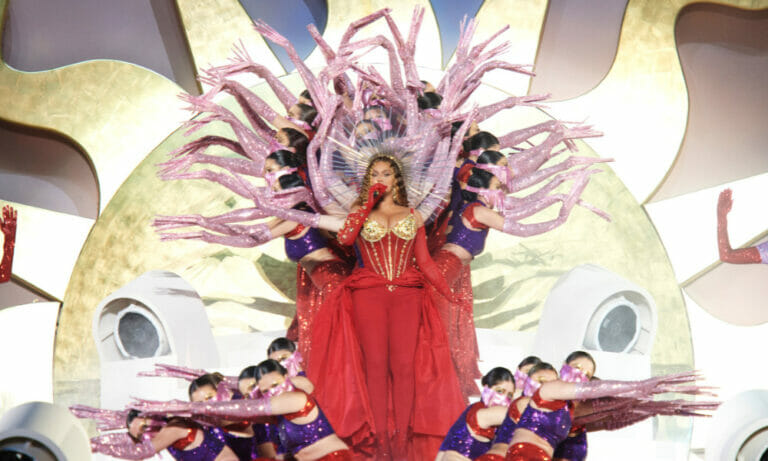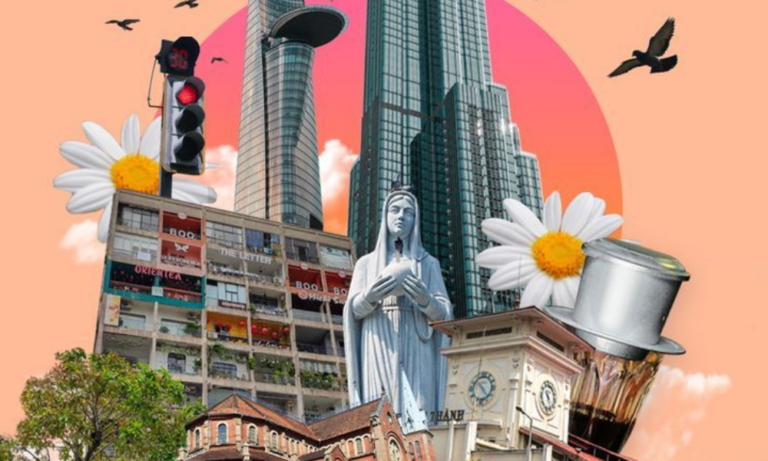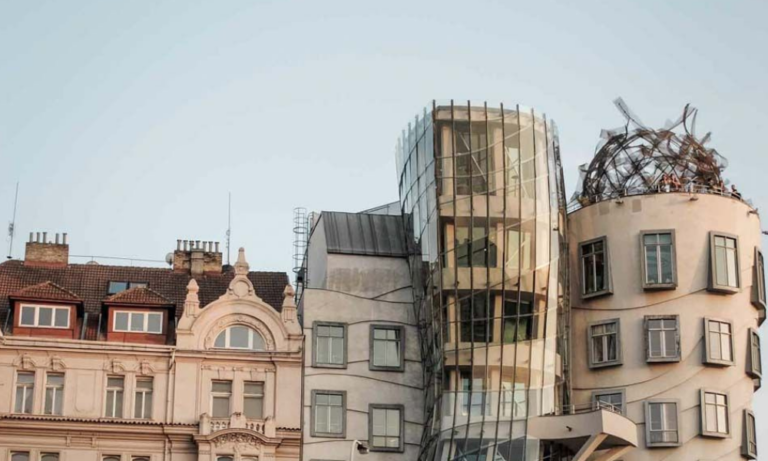From social media influencers to virtual celebrities, such as Lil Miquela, Noonoouri, Blawko, Imma, Kizuna AI, Metakira, these quasi-humans are redefining the way we interact, communicate, and even perceive ourselves in the increasingly immersive digital landscape. Avatars have become a captivating symbol of technological advancement, thriving alongside cutting-edge computer graphics, virtual reality, and online communication technologies.
Computer scientists define a “digital avatar” as a computer-generated graphical or virtual representation of a user or entity. Meanwhile, Yunna Albegova, the visionary behind Metakira – a Virtual Influencer in the UAE, refers to her digital avatar as “my alter-ego“. With a profound connection between them, Yunna assumes authorship of her virtual existence, utilizing her digital counterpart Metakira as a means to express herself and engage in experiences that may be otherwise unattainable in the real world.
Avatars provide individuals with the opportunity to explore various identities, liberate themselves from societal limitations, and embrace their unique qualities. Notably, brands have also recognized the value of avatars and eagerly engage them in their strategies. Gucci creates Aria to embody the brand’s spirit and personality, promoting the fashion collection across social media. Balmain boasts its digital Margot, while Shiseido promotes Yae. “Avatars provide a more affordable, scalable alternative to conventional means, reaching a worldwide audience without the logistical difficulties of actual filming“, Cai Felip, CEO at Union Avatars, says, “In essence, avatars help marketing meet the individualized, inclusive, and interactive expectations of today’s consumers.”
Virtual celebrities rise to stardom, capturing immense attention and financial success for their creators. One standout example is Lil Miquela, a prominent digital avatar with 3.8 million followers on Instagram, collaborating with renowned fashion brands such as Chanel, Prada, Calvin Klein. Dior, Versace, Fendi, Marc Jacobs, Valentino, and Balmain have all sought out partnerships with another avatar star, Noonoouri, who boasts 400k followers on Instagram.
The term “digital avatar” gained prominence in the late 1990s, since then, we have witnessed notable transformations in our approach to embracing diversity and promoting equality within various fields. “On one hand, avatars offer an opportunity to experience oneself in a different body“, Yunna Albegova a.k.a. Metakira shares her perspective on the DEI matter, “On the other hand, it serves as a reminder that beauty varies for each individual, and diverse shapes and silhouettes can be intriguing and appealing.” Looking ahead, the future of AI and avatars raises thought-provoking questions about their potential to replace human-generated content. Cai Felip, a leader at Union Avatars, the pioneering avatar company making it easy to control every version of our digital selves in the metaverse, believes that avatars “will become more personalized and interactive, leveraging AI, VR, and AR advancements.” “We foresee their integration into diverse spheres like education, healthcare, and entertainment, beyond just social media and gaming“, Cai adds, “Avatars will essentially humanize our digital interactions.“
As the boundaries between the physical and digital worlds continue to blur, avatars stand as the embodiment of this transformative era. They are not merely creations but powerful tools that amplify our expressions, transcend limitations, and shape the future of our interconnected digital existence.
Image Credit: Union Avatars.
ALSO READ: 10 QUESTIONS THAT WILL MAKE YOU FALL IN LOVE WITH THE MELODIC WORLD OF AZIZA (EVEN MORE).




